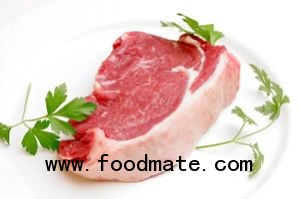
Since 2001, according to the report, meat production has grown by 20 percent worldwide. Over the last decade, meat production grew nearly 26 percent in Asia, 28 percent in Africa, and 32 percent in South America.
Since 1995, global per-capita meat consumption has increased by 15 percent. Meat consumption has grown even faster in developing countries, with a 25 percent increase during that same time period. However, the rate of increase in global meat production slowed to 0.8 percent in 2011 and the report projects growth of about 1.7 percent during 2012. In 2010, meat production grew by 2.6 percent compared with 2009. Drought, high feed prices and animal disease in some parts of the world contributed to the lower rates of production.
Global per-capita meat consumption decreased slightly in 2011, from 42.5 kilograms (kg) per person in 2010 to 42.3 kg. According to the report, the average person in a developing country ate 32.3 kg of meat in 2011, whereas in industrialized countries people ate 78.9 kg on average.
A September report from Rabobank also projected higher global meat prices and lower consumption, especially in developing countries, as supplies tighten. Rising meat and dairy prices have global consequences, according to that report, but the impact is less than when price increases hit staple grains in developing countries.
This is because in much of the world, demand for animal proteins is more “elastic” than it is here. If the price gets too high, consumers simply switch to more plant-based foods. Meat demand elasticity tends to be highest in Africa, parts of Asia and South America, and moderate in the U.S and most of our key customer nations for beef exports such as Japan and South Korea.





